| The African Elephant |
|
One of the iconic species of Africa is the Elephant which is the largest land animal on earth. The African Elephant, can grow up to 7.5 metres in length, up to 3.3 metres in height and weighs up to 6 tonnes in weight. But there are records of much bigger elephants, occasionally they grow to 4 metres in height and weigh 10 tonnes. Blue Whales are the largest mammals ever to have lived (including dinosaurs) they grow to 25 to 30 metres and weigh up to 150 tonnes. This is the size of over 20 elephants. Back to the elephants, a baby African Elephant can weigh as little as 75 kg. This is just 2% of the size of a large adult male. But young elephants although very small still have the ability to drink about 12 litres of milk per day. The numbers of African elephants have dramatically dropped due to a number of reasons such as poaching, lack of habitat, conflict with humans, etc. It is estimated that there are between 5,000,000 and 7,000,000 wild elephants in Africa at the moment and these are found in 37 African countries. It is estimated that there were as many as 5 million Elephants in the 1930's. Some countries such as Botswana, may as many as 80,000 elephants, whilst Senegal, Eritrea, Guineau Bissau, and Swaziland may have as little as 100 between all four countries. The further South and the further East the better the numbers, Burkino Faso is home to the last remaining population of elephants in Western Africa, but the numbers are down to about 4000. |
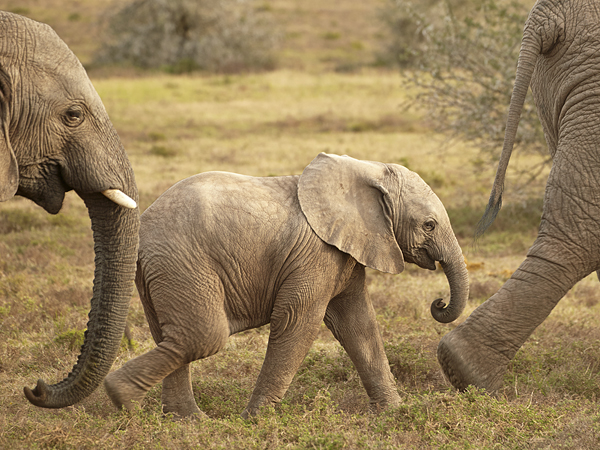 |
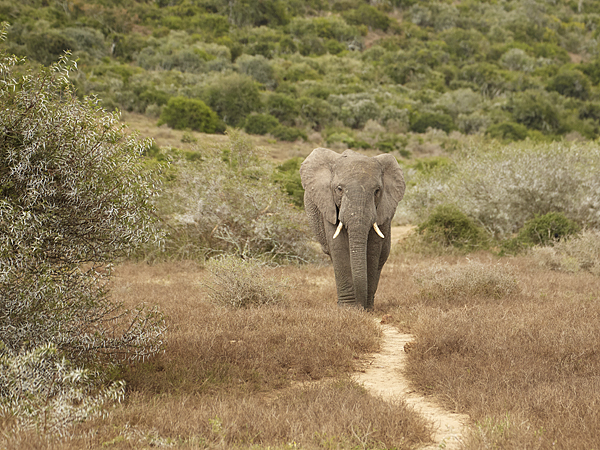 |
|
During my visits to Southern Africa in 2012, and 2013, I was really pleased to see and photograph a good number of elephants. I was lucky to see huge numbers in the Addo Elephant National Park in the Eastern Cape of South Africa. The images on my website were taken in both Botswana and South Africa. |
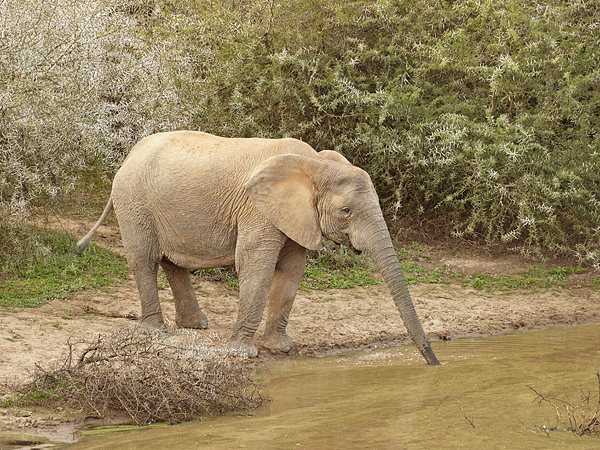 |
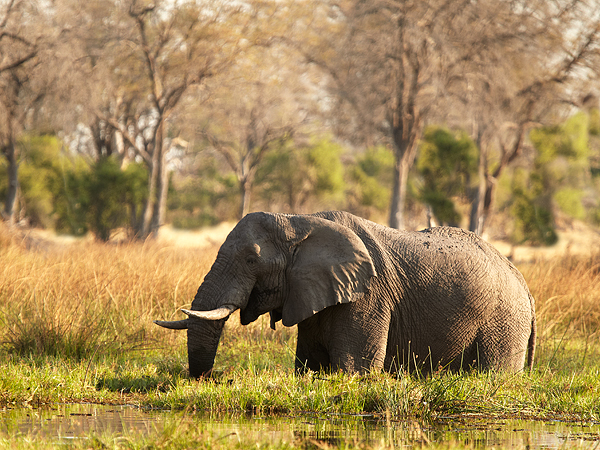 |
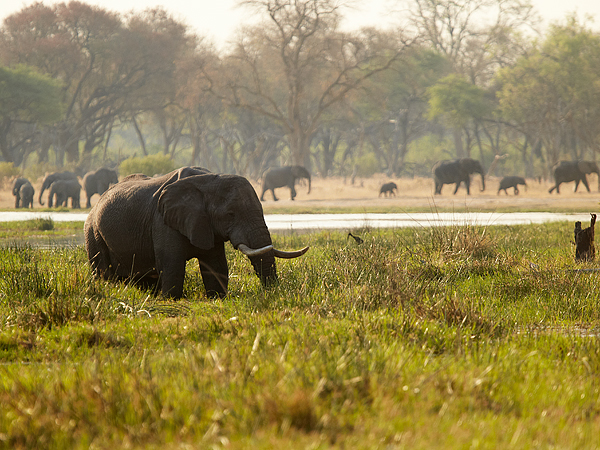 |
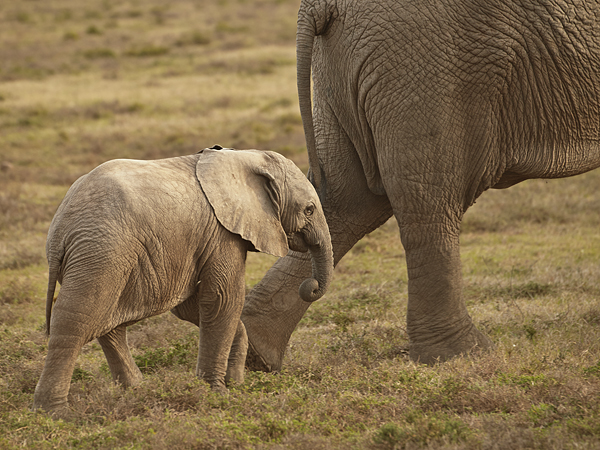 |
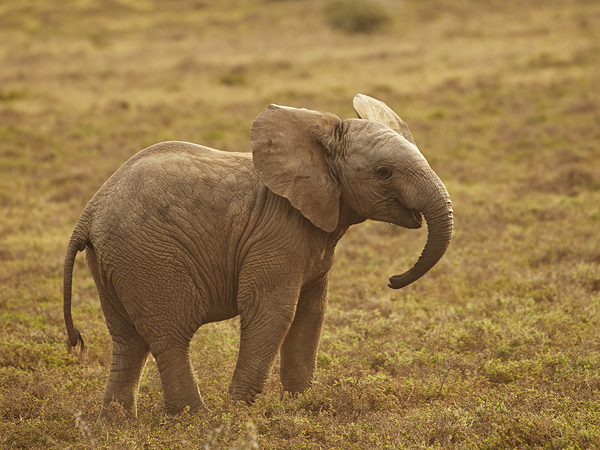 |
|
Poaching of several African species is a major threat across the whole continent of Africa. This includes the illegal trade in Ivory which has such disastrous effect on the African elephant population. It is thought that over 30 tons of Ivory is poached each year which means tens of thousands of elephants are still being killed each year in this totally un-necessary way. In the 1980's it was estimated that over 5 million elephants were killed illegally for the trade in their tusks, and that be the end of the decade there were less than 1/2 million elephants left. It was not until 1979, that CITES banned the sale of Ivory worldwide, which had a drastic positive impact, but has not stopped the trade. It is good that the numbers are rising and that there is now over 5 million, but there is still lots of work to be done as several elephants die each day as a result of the ivory trade. With several elephants still being killed each day, it is vital that the conservation work succeeds as female elephants are pregnant for almost two years before they give birth.
Right, is a link to CITES website, which opens in a new window CITES |
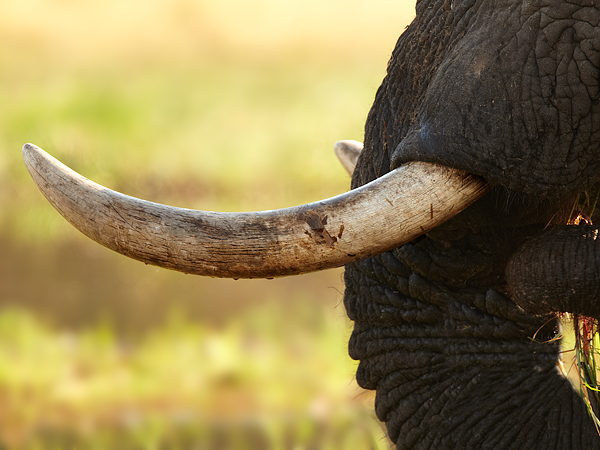 |
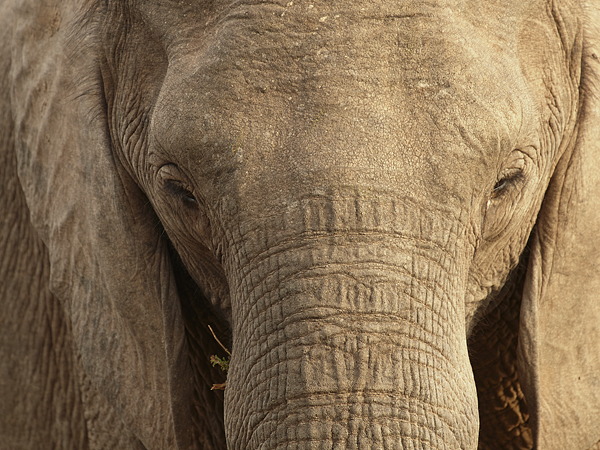 |
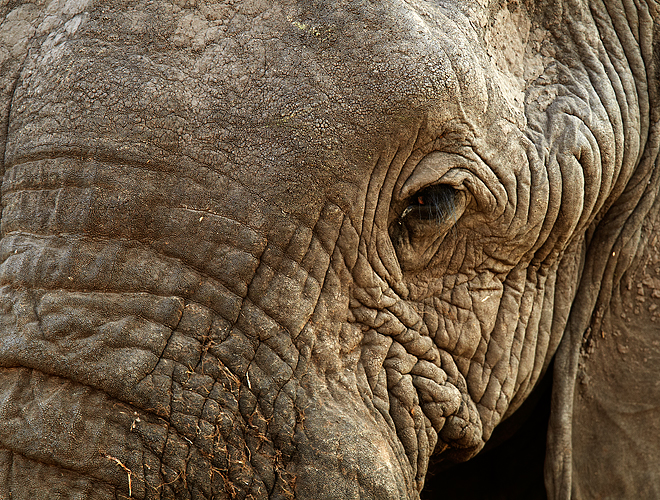 |
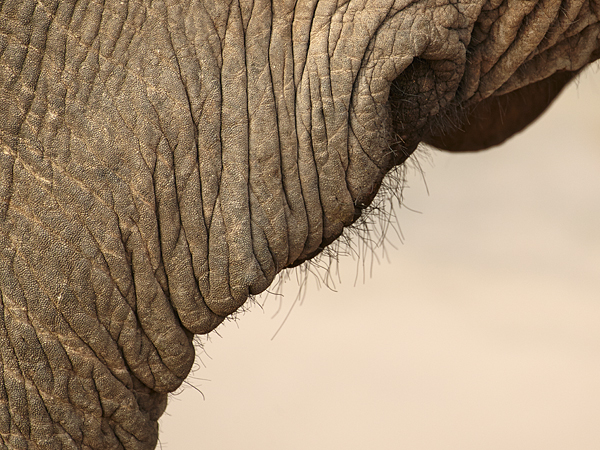 |
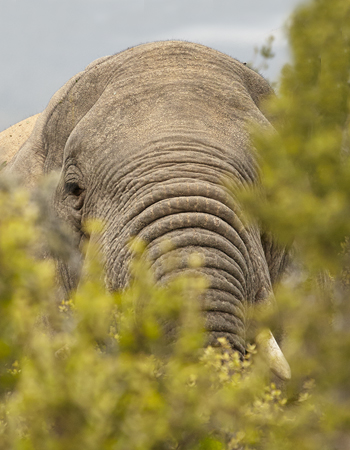 |
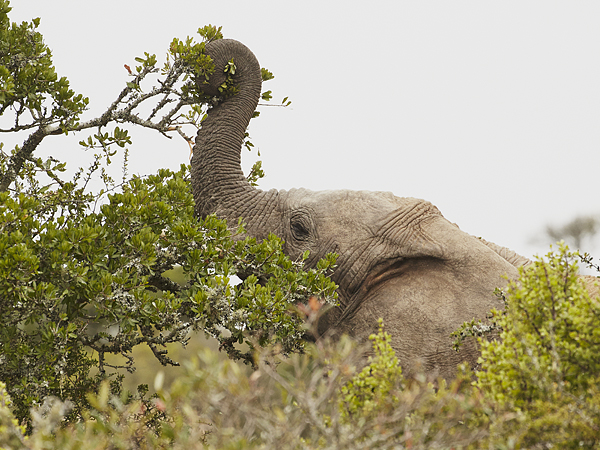 |
| The baby below was part of a very large herd which was estimated to be between 100 and 120 individuals. He was thought to be only about a week old. Elephants are very social animals and it was great to watch the interaction betwwen them all including several young as they slowly walked across the plain and on to the waterhole. |
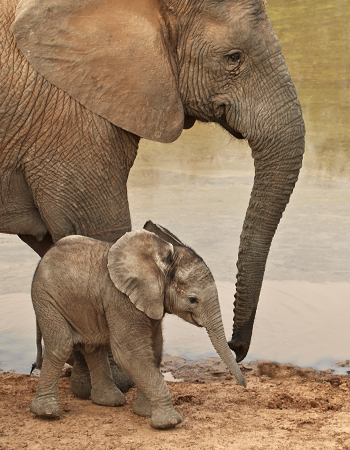 |
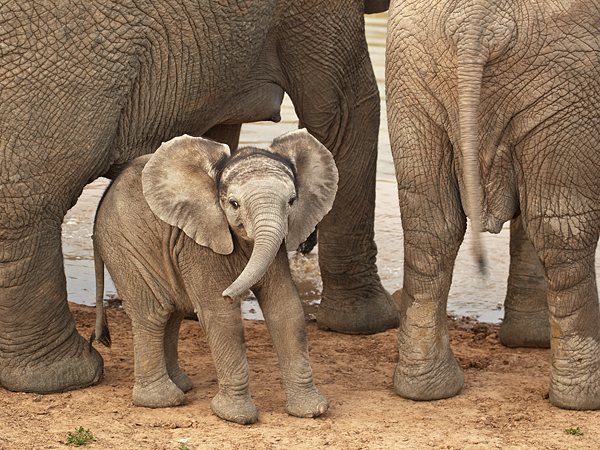 |
